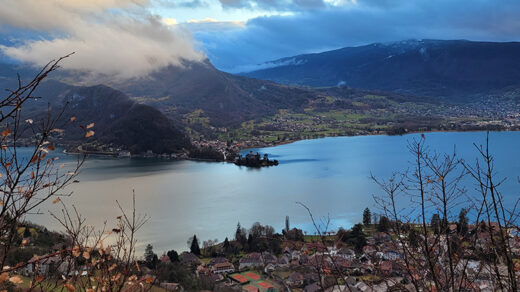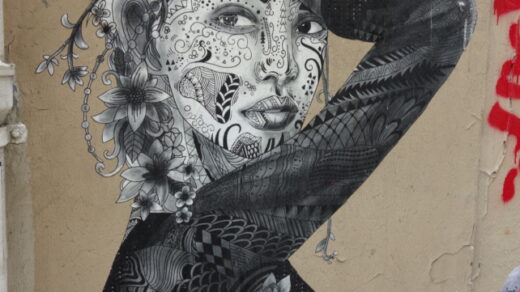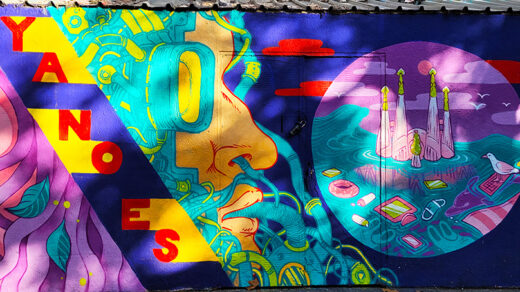Ravenna is an Italian city located in the Emilia Romagna region. I have spent quite some time in this region, first in Reggio Emilia, and then in Bologna. And yet, I explored further places before finally taking a train to Ravenna.
La Notte d’Oro
In 2017, when I was living in Bologna, I heard of a special night in Ravenna: La Notte d’Oro (the Golden Night). Now, you have to know that, like some other countries, Italy organizes nights where museums are free and open until late. Usually, these nights are called “Notte bianca” (white night, as in sleepless night). But Ravenna is special. Do you know why?
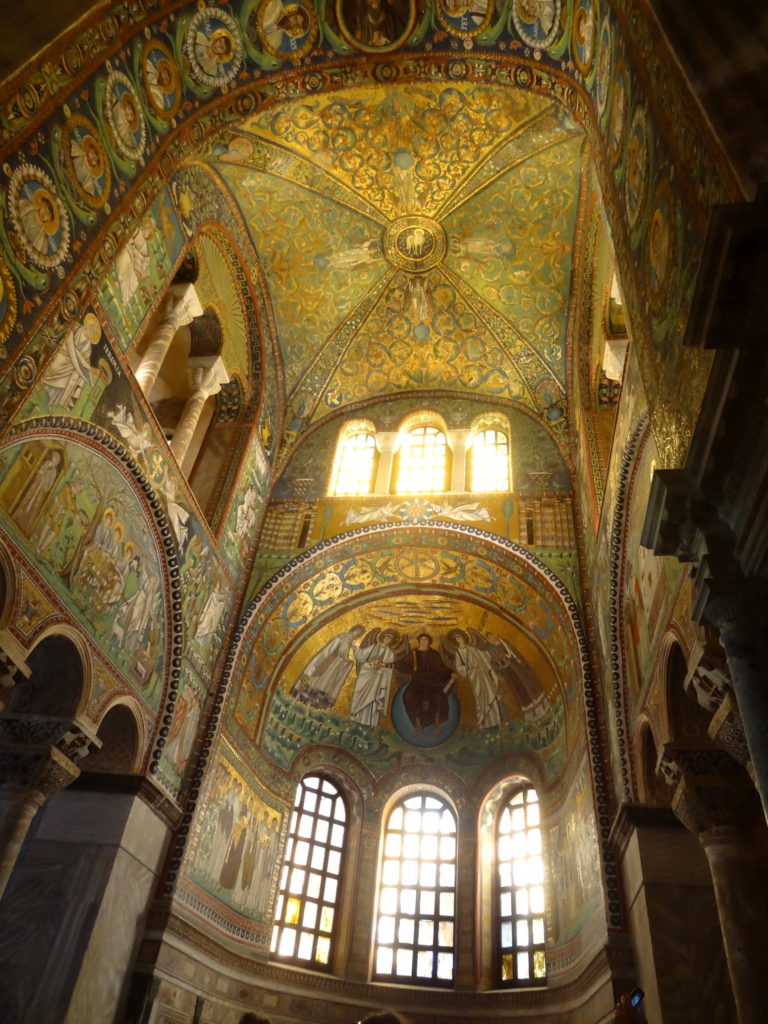
A Historical City
Well, Ravenna’s importance in History is major: first, it was the capital of the Western Roman Empire in the 5th century AD, then of the Ostrogothic Kingdom (493-553), and finally of the Byzantine Empire (568-751). This is why the city can boast about its extraordinary architecture and why it is sometimes referred to as the world capital of mosaics. Many sites in Ravenna are listed as Unesco World Cultural Heritage. And many of them are covered in gold, hence the Golden Night.
The Plan
So, on Saturday 7 October, I woke up before 8 am. I took the bus, then the train, then the bus, and arrived in Ravenna. I had a busy schedule, with a lot of places to see. The thing is that I wanted to enjoy the festivities (there were concerts and events in cinemas and galleries), but also visit ALL the museums, and I had only one day. Looking back, I think I was a bit crazy… But I’m always passionate about discovering new things, and everything there was so beautiful.
In the end, I managed to visit all the sites I wanted to see.
What I Visited
I fully recommend the Basilica di San Vitale, because all the mosaics are stunning, from the floor to the ceiling. The level of details is incredible, and you can really understand all the stories behind the images.
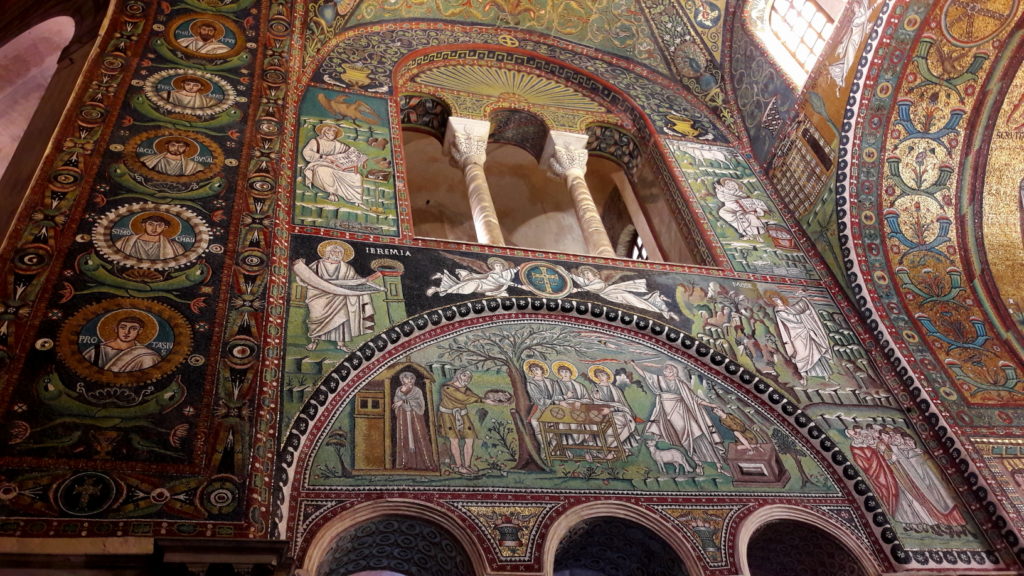
Right next to the Basilica, do not miss the Mausoleo di Galla Placidia. It’s small, but the colours are wonderful, and everything is well preserved. It might have been the place that impressed me the most amongst the historical sites.
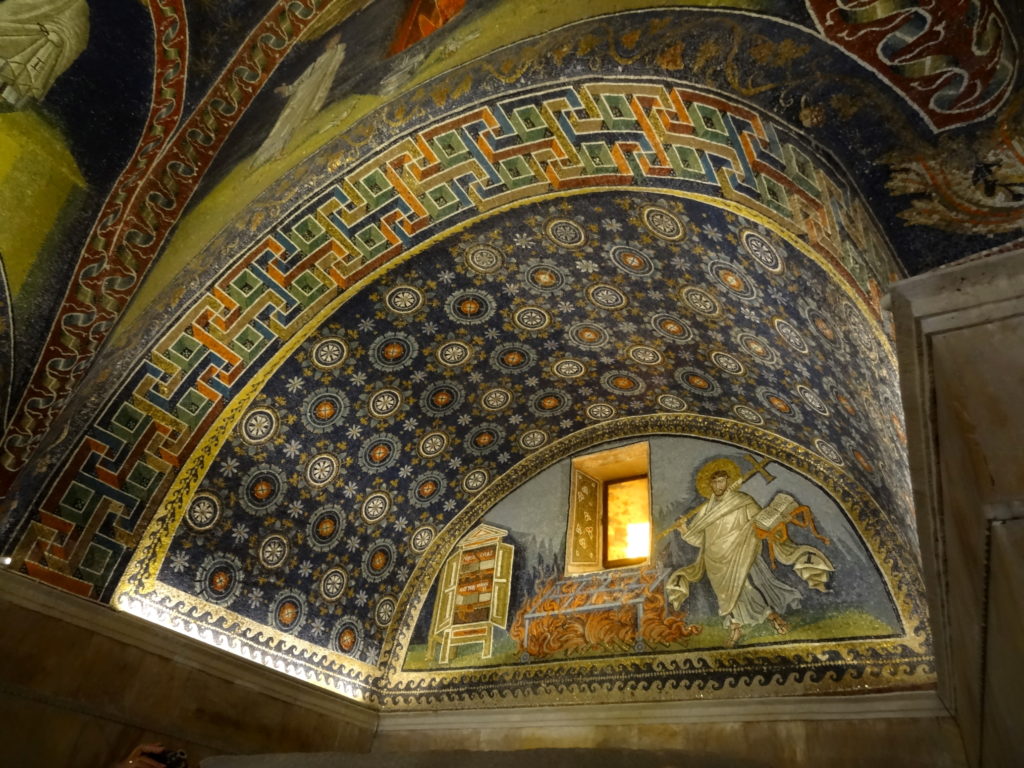
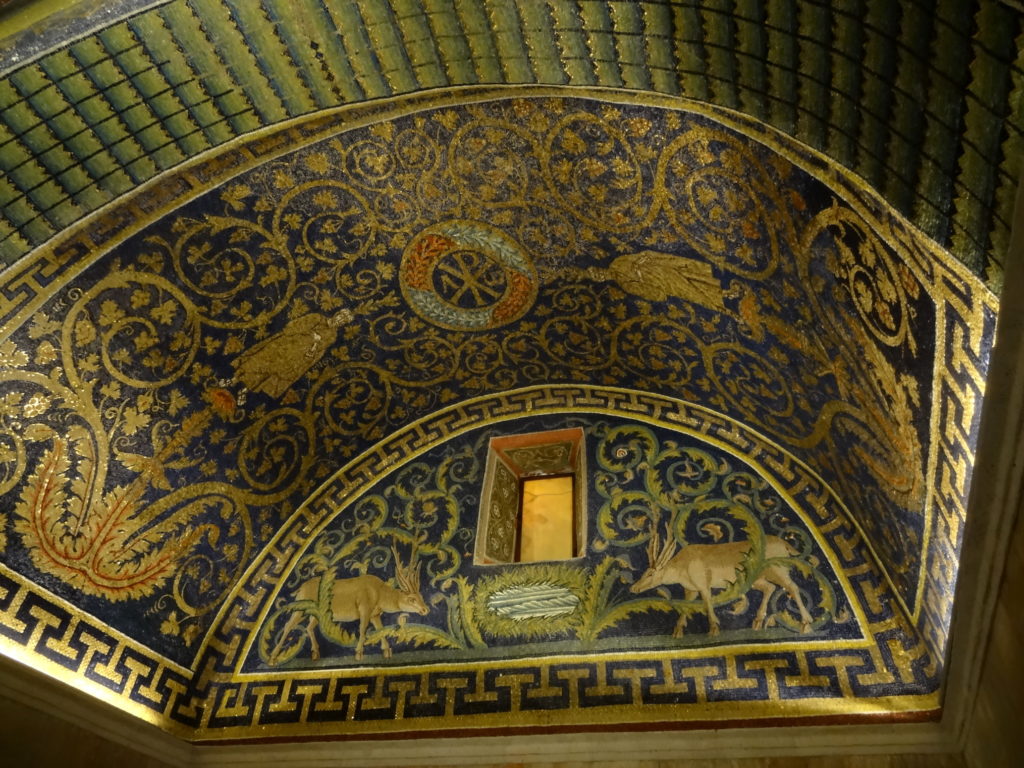
I also visited the Battistero Neoniano, the Museo Arcivescovile, the Basilica of Sant’Apollinare Nuovo, the Mausoleum of Theodoric, the Arian Baptistery, and I saw Dante’s Tomb.
On that day, I took the time to walk in the city and spot some great street art. I also saw some modern mosaics everywhere in Ravenna (at the port and on the street plates, for example). In the evening, I visited the last site on my list, the Domus dei Tappeti di Pietra, attended a few concerts, and watched some old black and white silent movies, with a pianist playing live in the cinema.
In The Evening
I only went back to my hotel after midnight and was so exhausted that I could barely walk. But it was definitely worth it.

To see more photos of Italy, you can visit the gallery Italy.

